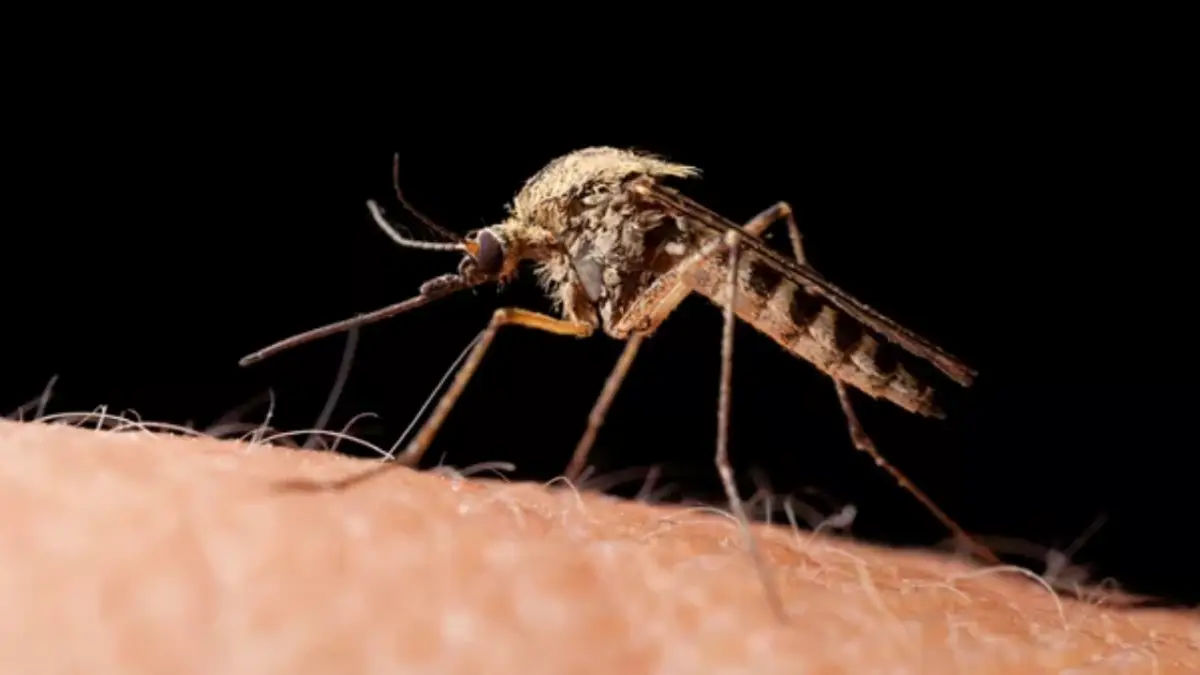
Do you want to access to this and other private contents?
Log in if you are a subscriber or click here to request service
Efsa: West Nile virus infections on the rise
Campylobacteriosis and salmonellosis still below pre-pandemic levels /Annex

Campylobacteriosis and salmonellosis were the most frequently reported zoonotic diseases in humans in the EU in 2022. However, the number of cases was still lower than during the pre-pandemic years 2018-2019.For West Nile virus, an increase of the number of infections was observed. This and more information on zoonotic diseases was published today by EFSA and ECDC in their latest annual EU One Health...
lml - 36657
EFA News - European Food Agency
EFA News - European Food Agency